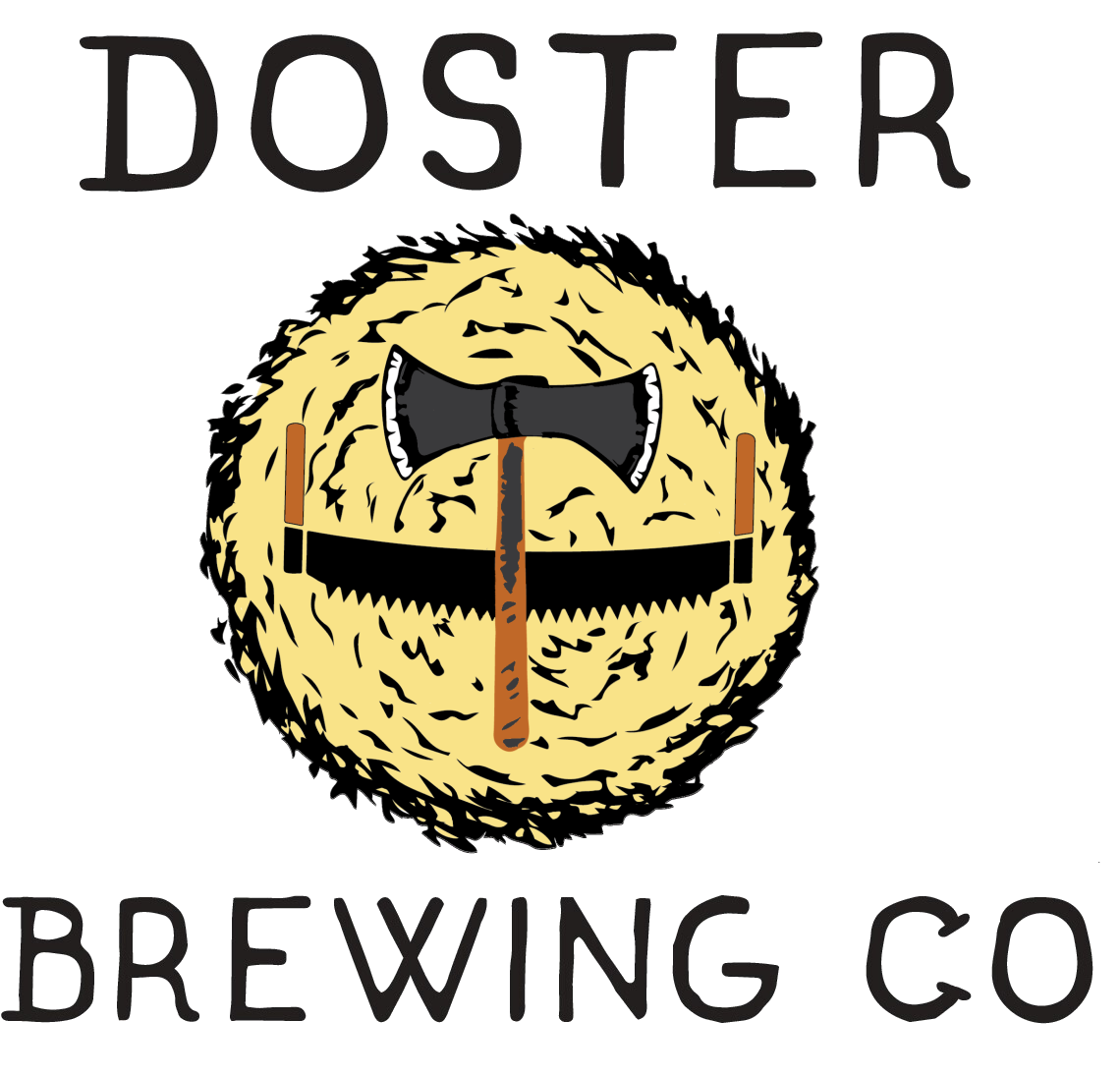It’s a New Year and it’s time for an update!
As Doster Brewing Co continues to navigate the bureaucratic waters of opening a brewery: permits, licenses and codes, I thought we would focus on something more exciting in today’s post.
Today, we are going to dig into some of the equipment around the brewery. No brewery is complete without its hardware. There is something truly captivating about brewing vessels with all the clamps, fittings and polished steel. Perhaps by cobbling together enough fittings and clamps we could build an airship to rival one of Steampunk lore 

Brewing equipment typically falls into one of two categories: hot-side or cold-side.
Much of this distinction has to do with what “phase” of the process the beer is in and ultimately dictates the necessary cleaning regimen. Cold-side is at much higher risk of infection or contamination (i.e. making an unintentional sour) as it is not exposed to a long period of boiling. Hot-side is much more resilient as the hot-side process typically ends with one-hour of boiling which will purge any unwanted microorganisms from your final beer.
3 Barrels of Brewing Glory - Our Hot-Side System

Our friends over at One Well Brewing ultimately outgrew this 3 barrel (BBL) system and we anxiously await the day we can put it back to work making great beer!
Working from left-to-right, the Hot Liquor Tank (HLT) is where our journey begins. Sorry folks, the “liquor” here is a misnomer as it is used to heat up water for our mash. The HLT is also where water salts and water chemistry adjustment will take place. We talked previously about the enormous role water plays in a beer’s flavor profile in It All Starts with Good Water.
Alright our water is heating up, let’s see what’s happening over in the Mash Tun.


The Mash Tun is where the magic really begins. It is here that our hot water will be mixed with malted grains, thus triggering enzymes which transform our starches into sugars. In other words, we have now started making a big batch of soup for our yeast friends to eat. DBC’s mashing system employs a recirculation technique (see coil above) to help maintain a constant temperature. The target temperature depends on the beer you are making but a good “middle of the road” mash temp is around 152°F.
Our false bottom at the base of the Mash Tun will keep the grain and husks out as we transfer our delicious wort (what beer is called prior to fermentation) to the Brew Kettle.

A Brew Kettle lives in a constant state of duality. The serenity a brewer feels from watching hop cones playfully bounce along the surface as cascades of grapefruit and papaya wash over you is one of life’s great pleasures. And yet- in an instant that happy foam starts frothing like a rabid dog and your kettle erupts like a 5th-grade science experiment!
Ever vigilant we press on, keeping a close eye on our boil for about an hour. The boil process is pivotal as it eliminates any unwanted microorganisms, allowing the beer yeast to do its thing without having to compete with other nasties. It’s important to note that this process also removes a large amount of water from the wort (via steam) which will make the beer stronger and more flavorful. Many commercial examples of double or imperial beers employ longer boil times for this very reason.
Once boiling completes the beer is chilled from boiling down to a yeast friendly temperature (68F in this example) through use of a heat exchanger or plate chiller.

In the heat exchanger, cold water continuously flows through a series of plates. On the other side of these plates our hot wort is pumped through. The hot wort will transfer its heat to the cold water as they pass against one another. The speed of the pump is reduced until the wort leaving the heat exchanger matches our target temperature.
The plate chiller should be able to take the entire 3 BBLs (93 gallons) of piping hot wort down to 68°F through about 45 min of transferring.
Side Note – I am in the process of building a closed chilling system which will add a Cold Liquor Tank (CLT) to this process. Using a CLT has many benefits as it makes the cooling water reusable (instead of just pouring it down the drain) and ultimately speeds up the process (38°F water will chill wort more quickly than 60°F tap water).
Here ends our journey through the “hot-side” of beermaking, but our adventure will continue in our next installment Best Served Cold(Side).

